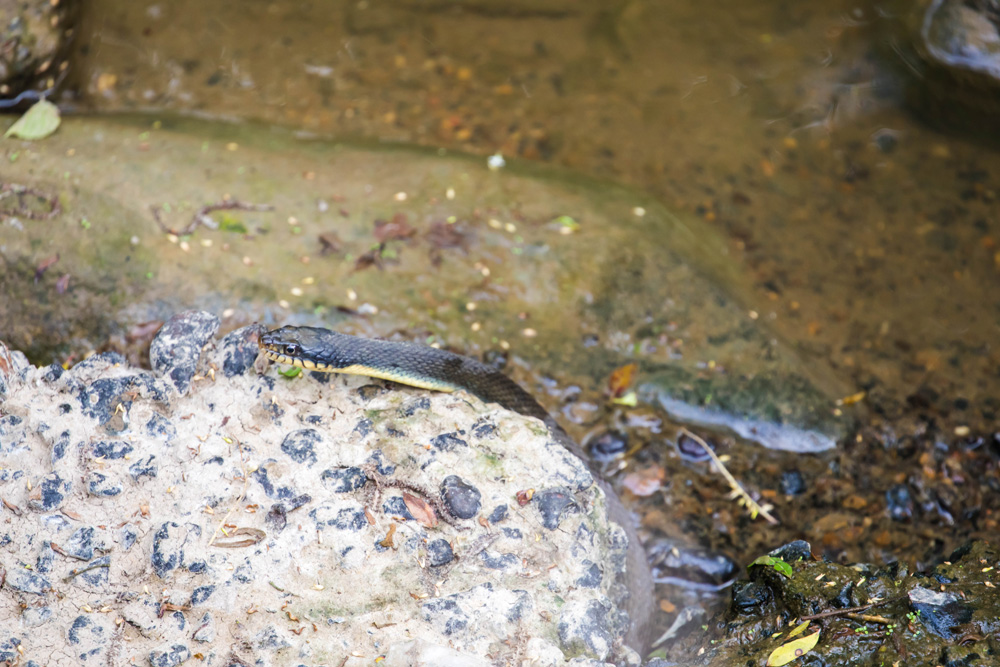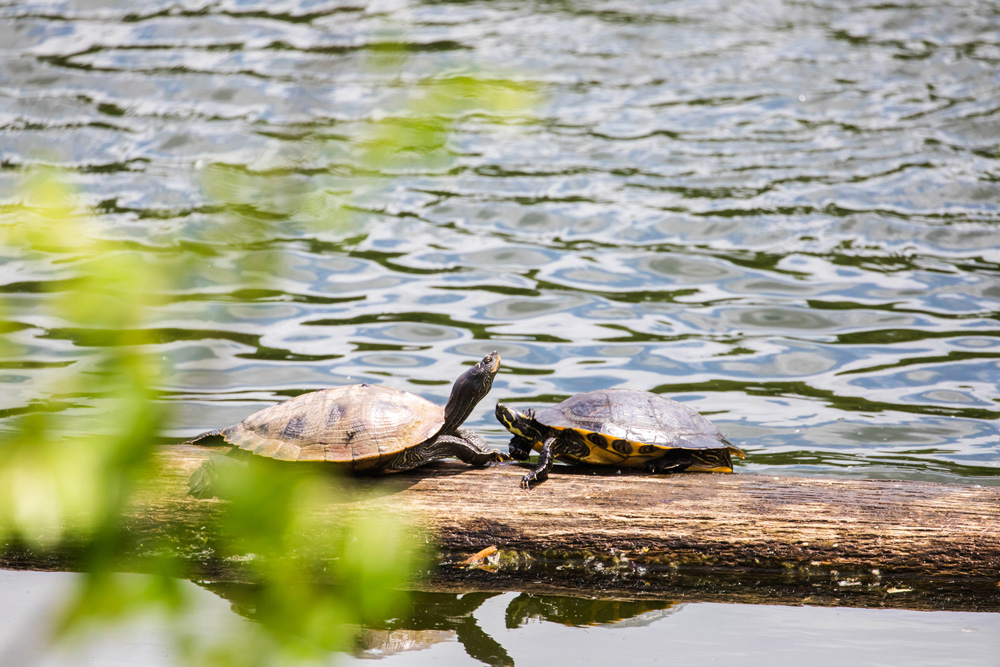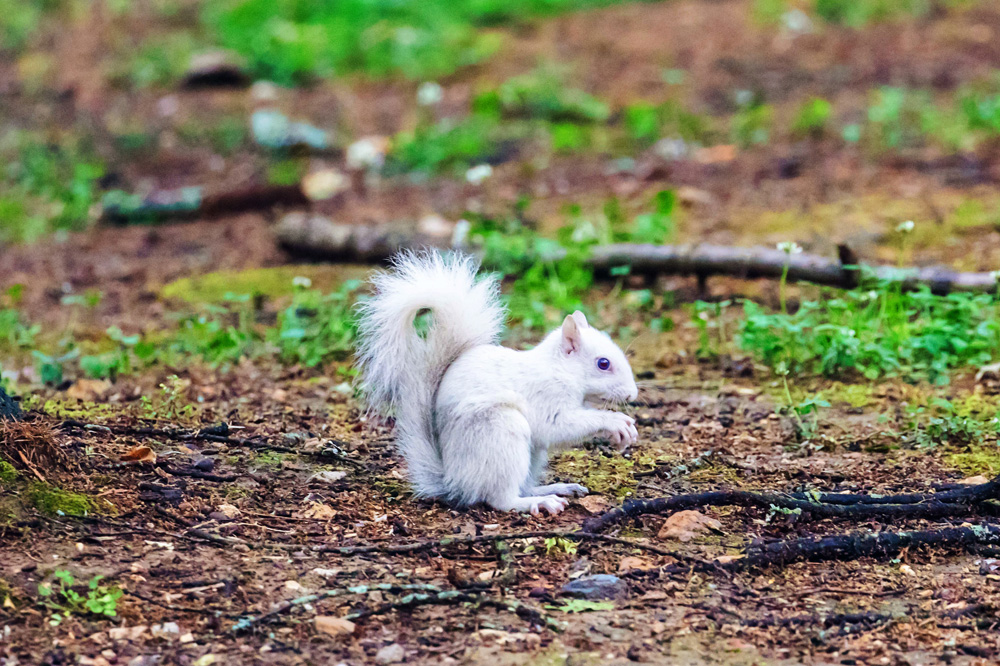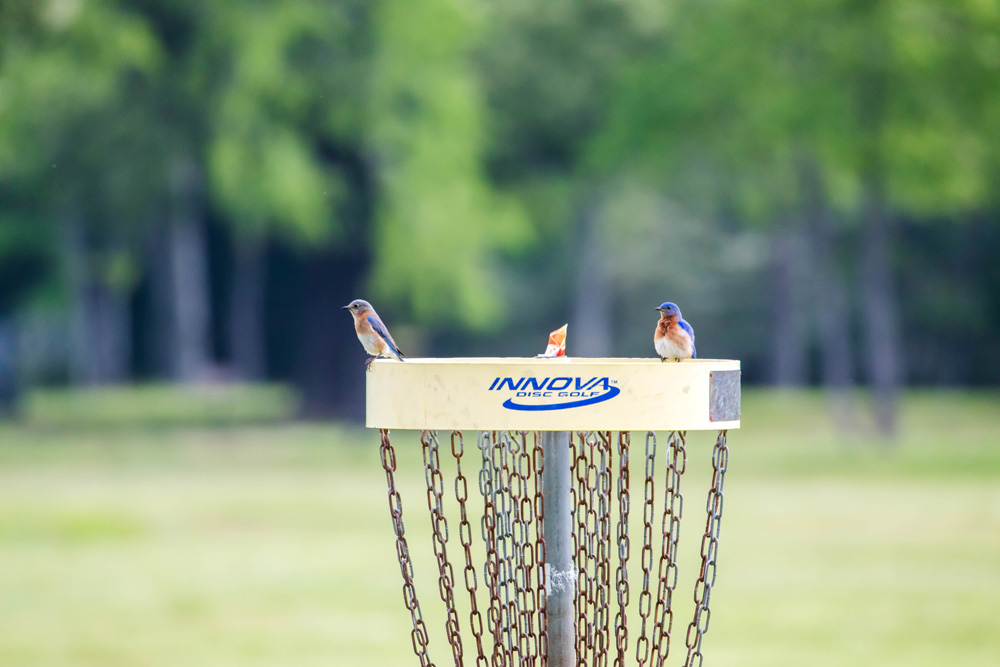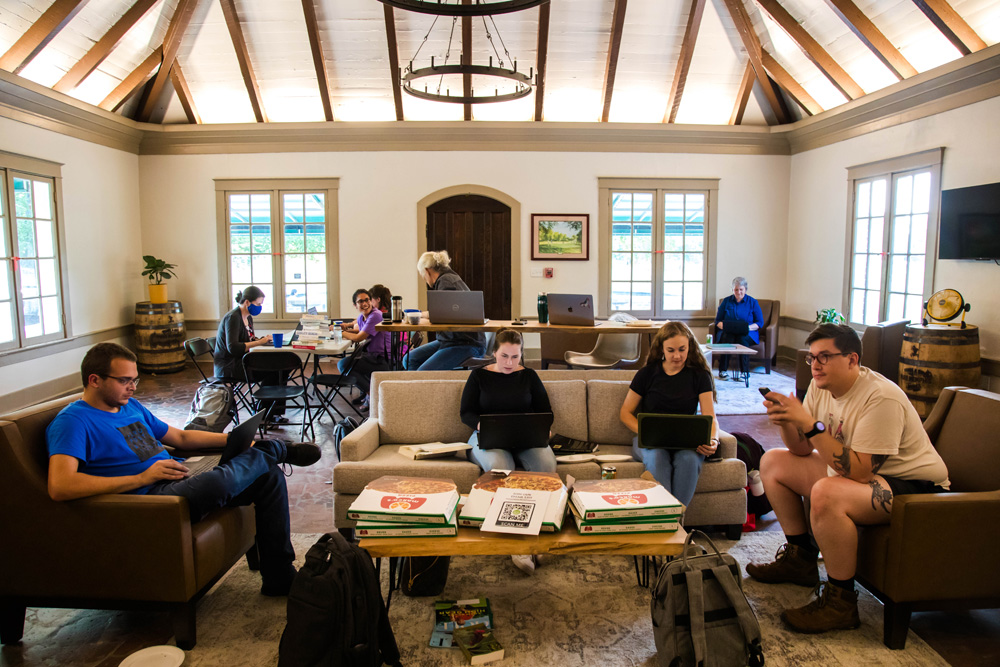NatureZen: Challenge Accepted
Before we get to the City Nature Challenge results, we have a request:
Contribute to our Birding Big Day!
 What better way to care for the Old Forest than by highlighting the creatures who depend on it? Last week, the Conservancy staff did a Birding Big Day, where we aimed to see as many species as possible in the park in a single day. Our goal was to see 65 species, a mix of residents that breed here and migrating birds headed north. Along the way, we recorded lots of videos of our search, and we’ll release those Friday on our social channels and via e-mail. In the meantime, we’re asking you to cheer us on by pledging any dollar amount toward our goal (click the green “Pledge Now” button). If you pledge $1 per bird, you’ll be charged $50 if we see 50 species or $65 if we see 65. (You can also donate a flat amount if the suspense is too much!) Funds go toward caring for this priceless habitat in Overton Park.
What better way to care for the Old Forest than by highlighting the creatures who depend on it? Last week, the Conservancy staff did a Birding Big Day, where we aimed to see as many species as possible in the park in a single day. Our goal was to see 65 species, a mix of residents that breed here and migrating birds headed north. Along the way, we recorded lots of videos of our search, and we’ll release those Friday on our social channels and via e-mail. In the meantime, we’re asking you to cheer us on by pledging any dollar amount toward our goal (click the green “Pledge Now” button). If you pledge $1 per bird, you’ll be charged $50 if we see 50 species or $65 if we see 65. (You can also donate a flat amount if the suspense is too much!) Funds go toward caring for this priceless habitat in Overton Park.
NatureZen: Challenge Accepted
words and photos by Melissa McMasters
Community science pop quiz: What’s the most commonly observed species in Memphis this time of year?
A. Tulip poplar
B. Red admiral
C. Red buckeye
D. Northern cardinal
With 24 observations in last weekend’s City Nature Challenge, the red buckeye is the winner! And while the CNC organizers didn’t name “winners” among the 960 metro areas that participated this year, it’s hard not to feel like we earned some prizes over the course of four days. Memphians contributed 2,943 observations of 797 species, which put us in the top 20% of cities around the world! More importantly, we got out into nature together and learned a lot along the way.
You can explore our local results here, but here are a few favorite moments from a weekend full of nature and new friends:
Seeing my first ruby-throated hummingbird of the year sipping from one of those ubiquitous buckeye flowers in Overton Park;
Finding a green-eyed Eastern carpenter bee that (unlike most members of his species) was content to hover over the ground and not lunge right for my face;
Arriving at our Friday-evening walk at Shelby Farms Park to find that two members of our group had already found some plain-bellied watersnakes (less auspicious: making a plain-bellied Sneetches reference that mostly earned me puzzled looks);
Watching the next generation of birds take shape: a blue-gray gnatcatcher pair sewing lichen into their nest-in-progress, a barn swallow pair tending their eggs, red-bellied woodpeckers emerging from a tree to make their very first flight, and brown thrasher fledglings ping-ponging noisily across a trail;
Catching a glimpse of a false map turtle and a river cooter sharing a log before they noticed themselves being watched and splashed into Poplar Tree Lake;
Coming into Overton Park on Saturday morning and seeing the park so alive, including dozens of folks departing on Nature 101 walks (including this fungus excursion led by volunteer Nizar);
Encountering this year’s celebrity rodent, the albino Eastern gray squirrel (christened Gandalfina by our stewardship manager Fields);
Congratulating Eastern bluebirds for understanding the city + nature assignment on the Shelby Farms Park disc golf course;
Lucking into an unexpectedly great afternoon for insects despite the wind on Sunday, and spotting this utterly perfect monarch on red clover;
Connecting the dots that the fuzzy round flowers on this osage orange tree give way to these giant brainy fruits later in the summer;
Sprinkling each day with some of the colorful warblers streaming through on their migratory paths, including bay-breasted warbler, Northern parula, yellow warbler, and cerulean warbler;
And finally, wrapping it all up with a pizza party at the golf clubhouse, where taxonomic experts from our local universities helped us identify hundreds of local observations on iNaturalist. (Overheard: “Now that’s a LOT of weevils!”)
Thanks to everyone who participated in the Challenge, and we hope you’ll enjoy getting to know more about your local ecology year-round!




